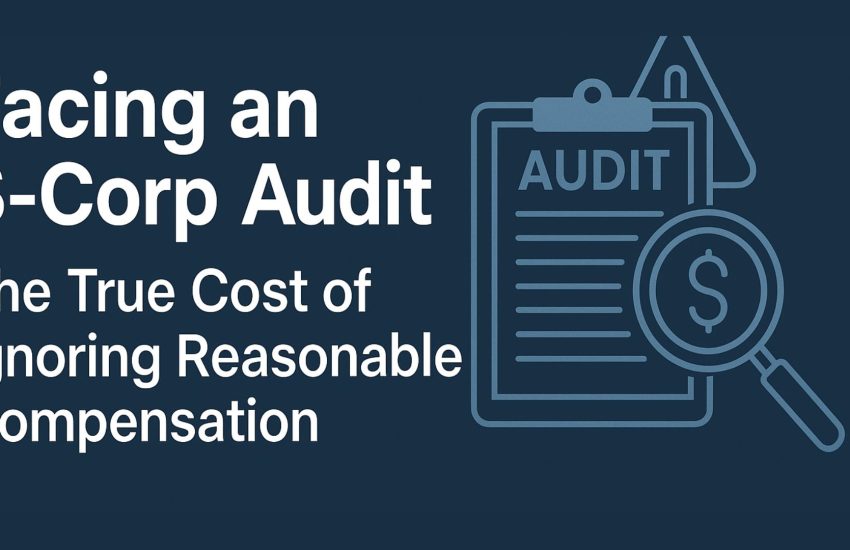Midyear Contract Checkup: How to Strengthen Your Agreements and Protect Your Business
Introduction
Contracts aren’t just legal formalities — they’re the foundation of your client relationships, vendor agreements, and cash flow. But here’s the reality: most business owners rarely revisit their contract templates once they’re created.
As we move into Q2, it’s the perfect time to step back and ask: Are your contracts still protecting you? Do they reflect today’s realities, comply with changing laws, and support healthy client relationships?
A midyear contract review can help you avoid disputes, smooth out cash flow issues, and strengthen your legal protection going forward. Here’s what to look for and why it matters.
Why a Q2 Contract Review Is a Smart Move
You likely have new clients, projects, or partnerships in motion already. Don’t wait until a dispute arises or a payment goes off-track to realize something was missing from your agreement.
A contract review helps you:
- Eliminate unclear or risky language
- Update for new regulations or tax implications
- Set better boundaries with clients or vendors
- Identify gaps in risk protection or compliance
1. Review Payment Terms That Affect Your Cash Flow
One of the most important parts of your agreements is how and when you get paid.
Ask yourself:
- Do your contracts define payment due dates clearly?
- Do they include late fee provisions or interest on overdue invoices?
- Are you billing upfront, on milestones, or after work is completed?
- What happens if a client misses a payment?
Pro tip: Payment ambiguity leads to friction. If you offer services over time (consulting, marketing, design, coaching, etc.), a clear progress billing schedule or retainer structure can prevent cash crunches.
2. Tighten Scope of Work Language
A common mistake in service businesses is vague project scope. When things go sideways, you need to be able to point to clear, written deliverables.
Your contracts should include:
- A defined scope of work or services list
- What’s not included
- Expected timelines or milestones
- Client responsibilities (e.g., providing access, responding in a set time)
Pro tip: Vague language like “marketing support” or “business strategy” invites confusion. Be specific about what you’re delivering and how success is measured.
3. Update Pricing Flexibility for Market Changes
If your costs are rising or your service model has changed, you may need to build flexibility into your contracts.
Examples of updates to consider:
- Annual rate increases or CPI-based adjustments
- Automatic renewal terms with pricing notices
- Cancellation clauses with appropriate notice periods
If you’re using flat rates but your workload varies significantly, consider switching to value-based pricing or adding scope review checkpoints.
4. Check for Risk-Shifting Clauses
Many business owners assume they’re covered legally just because they “have a contract.” But contracts should also protect you if things go wrong.
Review the following:
- Limitation of liability: Cap your exposure to a certain dollar amount
- Indemnification: Ensure you aren’t liable for the other party’s mistakes
- Dispute resolution: Mediation or arbitration clauses can reduce legal costs
Pro tip: These risk provisions are especially important if you’re providing strategic, technical, or advisory services where outcomes may vary.
5. Revisit Intellectual Property & Confidentiality Provisions
If you create content, code, processes, or tools, your contracts should clearly state:
- Who owns the final product
- Whether you retain the right to reuse frameworks or templates
- How client data or IP will be protected
- What happens if a confidentiality breach occurs
Pro tip: If you’ve shifted toward AI tools, automation, or outsourced talent, you may need updated IP language to account for third-party contributors or co-created assets.
6. Ensure Compliance With New Laws and Regulations
Business law evolves constantly. In 2024–2025 alone, we’ve seen updates related to:
- Data privacy (e.g., state-level privacy laws)
- Independent contractor classification (especially for freelancers)
- Sales tax nexus for digital products or out-of-state clients
Make sure your agreements comply with state and federal law — especially if you’re selling across state lines or growing quickly.
7. Work With a Legal Pro — Not Just Templates
Templates are a starting point, but they’re not a substitute for tailored advice. A qualified attorney can help you:
- Customize contracts to your services and risk tolerance
- Ensure enforceability in your home state
- Avoid “DIY” pitfalls that can cost you later
Bonus Tip: Once your updates are complete, roll them into your onboarding workflows so every client starts off on the right foot.
Final Thoughts
Don’t wait for a disagreement or nonpayment to discover your contract has holes. Use Q2 to sharpen your terms, protect your business, and build more confidence into every client relationship.
Sincerely,
W. E. Stevens, PC
Serving you through a thoughtful client experience, wise long-term perspective, and very experienced staff



